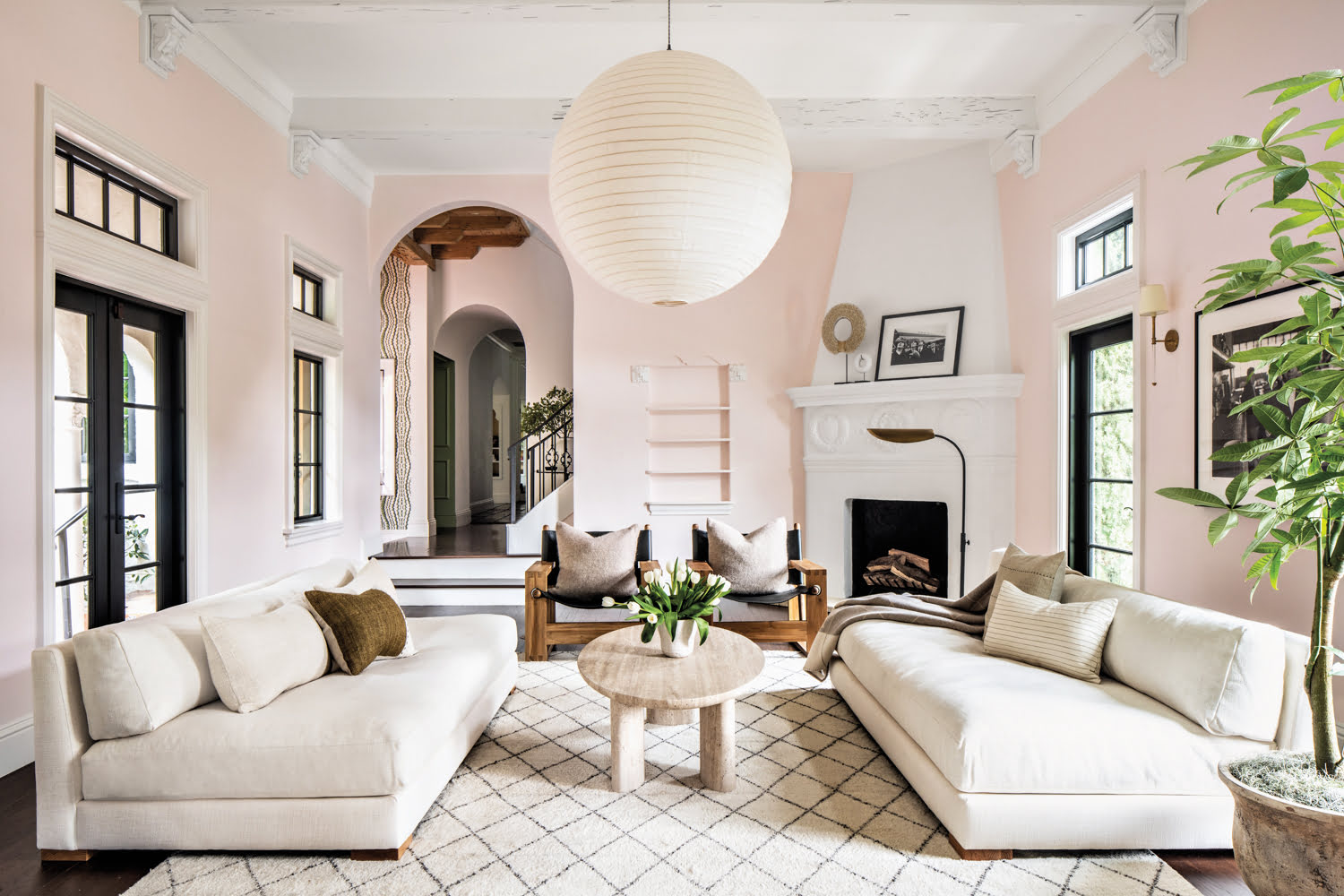

Articles
What Size Of Light Fixture Is For Living Room
Modified: January 19, 2024
Discover the perfect size of light fixture for your living room with our informative articles! Choose the right lighting to create a cozy and inviting atmosphere.
(Many of the links in this article redirect to a specific reviewed product. Your purchase of these products through affiliate links helps to generate commission for Storables.com, at no extra cost. Learn more)
Introduction
Choosing the right size of light fixture for your living room is essential to create a harmonious and functional space. A well-chosen light fixture can enhance the overall aesthetic appeal of the room while providing adequate illumination.
In this article, we will explore the factors to consider when determining the size of a light fixture for your living room. These factors include ceiling height, room size, style and design preferences, and the different types of light fixtures available. We will also provide some useful tips to help you choose the right size that fits your living room perfectly.
So, let’s dive in and discover how to select the ideal light fixture size for your living room.
Key Takeaways:
- Choose a light fixture size that complements your living room’s dimensions, ceiling height, and design aesthetic. Balance proportion, style, and functionality for a visually stunning and harmonious space.
- Consider room size, furniture layout, and personal preferences when selecting the right size of a light fixture. Use visualizers and layer different types of fixtures for a dynamic and captivating lighting scheme.
Factors to Consider
When deciding on the size of a light fixture for your living room, several factors need to be taken into consideration. These factors will help you determine the appropriate size that not only suits the dimensions of your living room but also complements its overall style and design.
Here are the key factors you should consider:
- Ceiling Height: The height of your ceiling plays a crucial role in determining the size of the light fixture. For rooms with standard ceiling heights (8 to 9 feet), a light fixture with a lower profile is ideal to avoid overwhelming the space. If you have high ceilings, you can opt for larger or more elaborate fixtures to add drama and visual interest.
- Room Size: The size of your living room will directly impact the size of the light fixture you choose. A larger space can accommodate a larger fixture, while a smaller room might call for a more compact option. It’s important to strike a balance between the size of the fixture and the size of the room to ensure a visually pleasing result.
- Style and Design: Consider the overall style and design of your living room when selecting a light fixture. The fixture should complement the existing décor and blend harmoniously with the room’s aesthetic. For example, a modern living room may benefit from sleek and minimalist fixtures, while a traditional room might suit more ornate and decorative options.
- Types of Light Fixtures: Different types of light fixtures have varying sizes and dimensions. Understanding the characteristics of each type can help you narrow down your choices. Some common types of light fixtures for living rooms include chandeliers, pendant lights, flush mounts, semi-flush mounts, and sconces.
By considering these factors, you can make an informed decision about the size of the light fixture that will best suit your living room. Now, let’s delve into some of the popular types of light fixtures for living rooms and explore their sizing guidelines.
Ceiling Height
The height of your ceiling is an important factor to consider when determining the size of a light fixture for your living room. The right size will ensure that the fixture is proportionate to the space and doesn’t overwhelm or look out of place.
For rooms with standard ceiling heights (8 to 9 feet), it is generally recommended to choose a light fixture with a lower profile. This will prevent the fixture from hanging too low and obstructing the visual flow of the room. Opt for fixtures that are more compact in size and have a less pronounced drop.
On the other hand, if you have high ceilings, such as 10 feet or higher, you have more flexibility in choosing larger or more elaborate fixtures. High ceilings allow for the inclusion of taller and grander light fixtures that can add drama and visual interest to the space. However, it’s important to ensure that the fixture is still in proportion to the room and doesn’t appear disproportionately large.
When measuring the ideal height for a light fixture in a room with standard ceiling height, a general rule of thumb is to hang it approximately 7 feet above the floor. This placement ensures that the fixture is within reach and provides proper illumination without overwhelming the space.
If you have high ceilings, the general guideline is to hang the fixture higher to create a balanced look. A good starting point is to hang the fixture approximately one foot higher for every additional foot of ceiling height. For example, if you have a 10-foot ceiling, you can consider hanging the fixture around 8 feet from the floor.
Remember, these are just general guidelines, and the exact height of the fixture will depend on various factors, such as the overall design of the room, the desired visual impact, and personal preferences. It’s always recommended to consider the specific dimensions and characteristics of your living room when determining the ideal height for a light fixture.
Now that we’ve covered the importance of ceiling height let’s move on to discussing the next factor in determining the size of a light fixture for your living room – room size.
Room Size
The size of your living room is another crucial factor to consider when choosing the right size of a light fixture. The goal is to find a fixture that complements the dimensions of the room and provides adequate illumination without overpowering the space.
For large living rooms, you have the opportunity to choose a larger fixture that can make a statement and serve as a focal point in the room. A larger fixture can also help fill the vertical space in rooms with high ceilings. However, it’s important to ensure that the fixture is proportionate to the room’s size. Choosing a fixture that is too small may get lost in the expanse of the room, while opting for a fixture that is too large can make the room feel cramped and crowded.
In contrast, small living rooms require a more careful selection of light fixtures. Opting for compact and streamlined fixtures can help avoid overwhelming the limited space. Pendant lights or flush mounts are popular options for small living rooms as they don’t take up much visual space while still providing sufficient lighting.
It’s also important to consider the layout and shape of the room when determining the size of the light fixture. For rectangular or square rooms, a linear or square-shaped fixture can work well to complement the room’s proportions. In contrast, a circular or round fixture can be a great choice for rooms with curved or irregular shapes, as it can help soften the angles and create a cohesive look.
One technique to determine the size of the light fixture for your living room is by using the room’s square footage. As a general guideline, multiply the room’s square footage by 1.5 to 2.5 to get an approximate diameter or width of the light fixture in inches. For example, if your living room is 150 square feet, consider a light fixture with a diameter or width between 225 and 375 inches.
Remember that these are just rough estimates, and it’s important to also consider personal preferences and the specific layout of your living room. If you prefer a more understated look or have low ceilings, you may want to lean toward the lower end of the size range. Conversely, if you want to make a bolder statement or have high ceilings, you can consider a larger fixture within the recommended size range.
Now that we’ve explored the importance of room size, let’s move on to discussing the impact of style and design on selecting the right size of a light fixture for your living room.
Style and Design
When choosing the right size of a light fixture for your living room, it’s essential to consider the overall style and design aesthetic of the space. The fixture should complement and enhance the existing décor, adding a cohesive and harmonious element to the room.
First, consider the overall style of your living room. Is it modern, traditional, transitional, or eclectic? Each style has its own characteristics and design elements that can guide your choice of light fixture. For example, a modern living room may benefit from sleek and minimalist fixtures with clean lines and geometric shapes. On the other hand, a traditional room might call for more ornate and decorative options, such as chandeliers with intricate details and traditional materials like crystals or brass.
Additionally, consider the specific design elements in your living room, such as the furniture, color palette, and architectural features. The light fixture should complement these elements and enhance the overall aesthetic appeal. For example, if your living room features a lot of metallic accents, a light fixture with a similar finish can tie the room together beautifully.
Furthermore, the size of the light fixture can also contribute to the overall design impact. A larger light fixture can make a bold statement and be a centerpiece in the room, drawing attention and creating visual interest. On the other hand, a smaller fixture can be more subtle and complementary, allowing other design elements to take the spotlight.
Remember that style and design are highly subjective, and personal preference plays a significant role in choosing the right light fixture for your living room. Trust your instincts and choose a fixture that resonates with your personal style and enhances the overall design of the room.
Now that we’ve discussed the impact of the style and design of your living room on choosing the right size of a light fixture, let’s move on to explore the various types of light fixtures available and their sizing guidelines.
Types of Light Fixtures
When it comes to light fixtures for your living room, there is a wide range of options available, each offering a unique style and lighting effect. Let’s explore some of the popular types of light fixtures and their sizing guidelines:
- Chandeliers: Chandeliers are elegant and decorative light fixtures that can serve as a statement piece in your living room. They usually hang from the ceiling and feature multiple arms or branches with lights. The size of a chandelier is determined by its diameter or width. To determine the appropriate size, add the dimensions of your living room together in feet, and the sum will be the recommended diameter of the chandelier in inches. For example, if your living room is 12 feet by 15 feet, the ideal chandelier diameter would be around 27 inches.
- Pendant Lights: Pendant lights are versatile fixtures that hang from the ceiling and provide focused illumination. They come in various shapes, sizes, and styles, making them suitable for different living room designs. The size of pendant lights can vary significantly, so consider the scale of your living room and the desired visual impact. In general, for a dining or coffee table, choose a pendant light with a diameter that is around one-third of the table’s width. For example, if your dining table is 60 inches wide, opt for a pendant light with a diameter of around 20 inches.
- Flush Mounts: Flush mounts are light fixtures that are attached directly to the ceiling, creating a seamless and compact look. They are suitable for living rooms with low ceilings or for those who prefer a clean and minimalistic style. The size of a flush mount is determined by its diameter, similar to chandeliers. Measure the dimensions of your living room, and the sum will give you the recommended diameter of the flush mount in inches.
- Semi-Flush Mounts: Semi-flush mounts are similar to flush mounts but hang slightly lower from the ceiling, typically with a short stem. They offer a balance between the simplicity of flush mounts and the visual impact of chandeliers or pendant lights. The sizing guidelines for semi-flush mounts are similar to those of pendant lights. Choose a diameter that complements the scale of the room and the desired effect.
- Sconces: Sconces are wall-mounted light fixtures that can add both functional and ambient lighting to your living room. They come in various styles and can be used to highlight specific areas or architectural features. When choosing sconces, consider the height of the wall and the desired position. For example, if you want to mount the sconces on either side of a mirror or artwork, make sure they are proportionate to the size of the object.
These are just a few examples of the types of light fixtures available for your living room. When selecting a light fixture, consider the style, the desired lighting effect, and the specific sizing guidelines for each type. By doing so, you can choose a fixture that not only meets your lighting needs but also enhances the overall aesthetic appeal of your living room.
Now that we’ve explored the various types of light fixtures, let’s move on to some helpful tips for choosing the right size of light fixture for your living room.
Chandeliers
Chandeliers are iconic and elegant light fixtures that can add a touch of sophistication and grandeur to your living room. They are often the centerpiece of a room and can make a bold statement with their exquisite designs and radiant lighting.
When it comes to choosing the right size of a chandelier for your living room, it’s important to consider both the dimensions of the room and the design style you wish to achieve.
The size of a chandelier is typically determined by its diameter or width. To find the ideal size, it’s recommended to measure the dimensions of your living room in feet and add them together. The sum will give you the approximate diameter of the chandelier in inches.
For example, if your living room is 12 feet by 15 feet, the recommended diameter of the chandelier would be around 27 inches. However, it’s important to note that this calculation is a general guideline and can be adjusted based on personal preferences and the style of the chandelier.
If you have a large living room with high ceilings, you can consider a larger chandelier to create a more dramatic effect. Opt for a size that is proportionate to the space and doesn’t overpower the room. On the other hand, if you have a smaller living room, choose a chandelier that is more compact in size to avoid overwhelming the space.
In addition to size, consider the height at which you hang the chandelier. For rooms with standard ceiling heights, it’s advisable to hang the chandelier approximately 30 to 36 inches above a dining table or 7 feet above the floor in a living room setting.
When it comes to style, chandeliers offer a wide range of options to suit various design aesthetics. From traditional crystal chandeliers to contemporary minimalist designs, there is a chandelier to complement any style. Consider the overall theme and décor of your living room when choosing the style of the chandelier to ensure it harmonizes with the existing design elements.
Furthermore, it’s crucial to choose a chandelier that provides the right amount of light for your living room. Consider the number and wattage of the bulbs in the chandelier to ensure sufficient illumination. Dimmer switches can also be installed to adjust the brightness and create different atmospheres in the room.
Lastly, don’t forget to take maintenance and cleaning into consideration when selecting a chandelier. Some designs may require more frequent cleaning than others, so choose one that suits your lifestyle and maintenance preferences.
With its captivating charm and luxurious presence, a well-chosen chandelier can transform your living room into an enchanting and visually stunning space. Consider the size, style, and lighting needs, and let the chandelier become a focal point and a reflection of your personal style.
Now that we’ve explored chandeliers, let’s move on to the next type of light fixture – pendant lights.
When choosing a light fixture for your living room, consider the size of the room and the height of the ceiling. A general rule of thumb is to measure the length and width of the room in feet, then add those numbers together to determine the ideal diameter of the light fixture in inches. For example, a 10×12 foot room would require a 22-inch diameter fixture.
Pendant Lights
Pendant lights are versatile and stylish light fixtures that can add a touch of elegance and functionality to your living room. They hang from the ceiling and provide targeted illumination, making them ideal for various areas within the space.
When choosing the right size of pendant lights for your living room, consider both the scale of the room and the specific area where they will be installed.
For dining areas, pendant lights are often hung over the dining table to create a focal point and provide ample light for meals and gatherings. A general guideline for determining the size of pendant lights in a dining room is to choose a fixture with a diameter that is around one-third of the width of the table.
For example, if your dining table is 60 inches wide, a pendant light with a diameter of approximately 20 inches would be suitable. This proportion ensures that the pendant light is in proportion with the table and doesn’t overpower the dining area.
In living rooms, pendant lights can be used to highlight specific areas such as seating areas, coffee tables, or even as a statement piece in the center of the room. The size of pendant lights in living rooms can vary depending on the desired visual impact and the scale of the room.
If you’re using pendant lights as a focal point in the living room, consider the overall size of the room and the height of the ceiling. Larger pendant lights can make a bold statement and create a dramatic effect in bigger spaces with high ceilings. However, in smaller living rooms, it’s important to choose pendant lights that are more compact in size to avoid overwhelming the area.
Another factor to consider when selecting pendant lights is the length of the hanging rod or chain. Adjustable pendant lights can be useful in accommodating different ceiling heights and achieving the desired positioning. Make sure to take accurate measurements of the height of the ceiling and the desired height at which you want to hang the pendant lights.
Furthermore, consider the style and design aesthetic of your living room when choosing pendant lights. Pendant lights come in various shapes, materials, and styles, catering to different design preferences. Whether you prefer modern and sleek designs or more ornate and traditional options, there is a pendant light available to suit your needs.
Lastly, always consider the overall lighting plan for your living room. Pendant lights should complement the existing lighting fixtures in the space and provide the right amount of illumination. If your living room requires more ambient lighting, consider using pendant lights with softer diffusers or multiple bulbs to distribute light evenly.
Pendant lights offer a versatile and stylish lighting solution for your living room. By considering the scale of the room and the specific area where they will be installed, you can choose pendant lights that enhance the visual appeal and functionality of your living space.
Now that we’ve discussed pendant lights, let’s move on to the next type of light fixture – flush mounts.
Flush Mounts
Flush mounts are practical and versatile light fixtures that are mounted directly onto the ceiling. They provide a seamless and space-saving lighting solution for your living room while adding a clean and modern aesthetic.
When selecting flush mounts for your living room, it’s important to consider the size and style that will best suit the space and complement your design preferences.
One of the main advantages of flush mounts is their ability to blend seamlessly into various room sizes and ceiling heights. They are particularly popular in rooms with low ceilings or limited vertical space, as they don’t hang down like other types of light fixtures.
The size of a flush mount is typically determined by its diameter. To choose the right size, it’s recommended to measure the dimensions of your living room and add them together. The sum will give you the approximate diameter of the flush mount in inches.
For example, if your living room is 12 feet by 15 feet, a flush mount with a diameter of around 27 inches would be suitable. However, keep in mind that the size of the flush mount can also depend on personal preferences and the scale of the room. Consider the overall visual impact you want to achieve and adjust the size accordingly.
Another factor to consider when selecting flush mounts is the style and design aesthetic of your living room. Flush mounts come in various styles, from sleek and minimalist designs to more decorative and ornate options. Choose a design that complements the overall theme of your living room and enhances its visual appeal.
Furthermore, consider the type of lighting effect you want to achieve with your flush mount. Some flush mounts offer diffused and soft lighting, while others provide a more focused and directional light. Consider the specific needs of your living room and select a flush mount that provides the right amount and type of illumination.
Lastly, remember to take into account the maintenance and cleaning requirements of flush mounts. Some designs may have intricate details or delicate materials that require more attention when cleaning. Consider your lifestyle and maintenance preferences when choosing a flush mount for your living room.
Flush mounts offer a practical and stylish lighting solution for your living room. By considering the size, style, lighting effect, and maintenance requirements, you can choose a flush mount that seamlessly integrates into your living space and enhances its overall ambience.
Now that we’ve discussed flush mounts, let’s move on to the next type of light fixture – semi-flush mounts.
Read more: What Is A Good Living Room Size
Semi-Flush Mounts
Semi-flush mounts are versatile and stylish light fixtures that hang slightly lower from the ceiling compared to flush mounts. They offer a balance between the streamlined look of flush mounts and the visual impact of pendant lights or chandeliers. Semi-flush mounts can be a great choice for adding a touch of elegance and charm to your living room.
When selecting semi-flush mounts for your living room, consider both the desired visual effect and the specific dimensions of the room.
Similar to flush mounts, the size of a semi-flush mount is typically determined by its diameter. Measure the dimensions of your living room and add them together to determine the approximate size of the semi-flush mount in inches.
For example, if your living room measures 12 feet by 15 feet, a semi-flush mount with a diameter of around 27 inches would be suitable. However, keep in mind that the size of the semi-flush mount can also depend on personal preferences and the scale of the room. Adjust the size accordingly to achieve the desired visual impact.
One advantage of semi-flush mounts is their ability to provide both ambient and task lighting. They hang slightly lower from the ceiling, allowing light to be spread more evenly throughout the room. This makes them a popular choice for living rooms where a balance between general illumination and focused lighting is desired.
When it comes to style, semi-flush mounts offer a wide range of options to suit different design aesthetics. From modern and minimalist designs to more traditional and decorative choices, you can find a semi-flush mount that matches the overall theme of your living room. Consider the existing décor and color palette when selecting the style of the semi-flush mount to ensure a cohesive and harmonious look.
Furthermore, consider the height at which you hang the semi-flush mount. The ideal height may vary depending on personal preference and the specific design of the fixture. As a general guideline, it’s recommended to hang semi-flush mounts around 7 feet from the floor to ensure adequate clearance and avoid obstructing the visual flow of the room.
Lastly, consider the maintenance requirements of semi-flush mounts. Some designs may have intricate details or materials that require extra care when cleaning. Choose a semi-flush mount that suits your maintenance preferences and is easy to clean and maintain.
Semi-flush mounts offer a stylish and versatile lighting option for your living room. By considering the size, style, height, and maintenance requirements, you can choose a semi-flush mount that adds a touch of elegance and the perfect amount of illumination to your living space.
Next, let’s move on to exploring another type of light fixture – sconces.
Sconces
Sconces are wall-mounted light fixtures that can add a touch of style, elegance, and functionality to your living room. They are versatile fixtures that can provide both ambient and task lighting, making them a popular choice for various areas within the space.
When selecting sconces for your living room, consider their placement, style, and sizing to ensure they enhance the overall aesthetic appeal of the room.
The height and location of sconces are crucial factors to consider. Sconces can be mounted at eye level or slightly above eye level, depending on the specific purpose or effect you want to achieve. For example, if you want to use sconces for task lighting or to highlight a particular area, it may be more suitable to mount them slightly higher. On the other hand, if you want to create a more ambient and relaxing atmosphere, mounting sconces at eye level can provide a softer and more diffused light.
Additionally, consider the style and design of your living room when selecting sconces. There are various styles available, ranging from traditional to modern, and everything in between. Choose sconces that complement the existing décor and design elements in your living room. For example, if your living room has a contemporary aesthetic, sleek and minimalist sconces may be a perfect fit. If you have a more traditional living room, sconces with ornate details and classic finishes can add a touch of elegance.
When it comes to size, consider the proportion and scale of the wall and the surrounding furniture. The size of sconces can vary, so it’s essential to choose sconces that are proportionate to the space. For example, if you have a small wall space, selecting oversized sconces may overpower the area. On the other hand, if you have a large wall space, choosing too small sconces can create an imbalance. Consider the dimensions and layout of your living room to determine the appropriate size of sconces.
Another factor to consider is the type of lighting effect you want to achieve. Sconces can provide both upward and downward lighting, depending on their design. Upward lighting can create a soft and diffused ambiance, while downward lighting can be more focused and task-oriented. Consider the specific needs and atmosphere you want to create in your living room when choosing the direction of the sconces.
Lastly, consider the compatibility of sconces with other lighting fixtures in your living room. They should work harmoniously with the overall lighting plan and provide a cohesive look. Choose sconces that complement the other light fixtures and contribute to the desired lighting effect in the room.
Sconces offer a versatile and stylish lighting option for your living room. By considering their placement, style, size, and lighting direction, you can choose sconces that not only enhance the aesthetic appeal but also provide functional and beautiful lighting to your living space.
Now that we’ve explored different types of light fixtures and their sizing guidelines, let’s move on to some helpful tips for choosing the right size of a light fixture for your living room.
Tips for Choosing the Right SizeChoosing the right size of a light fixture for your living room can be a daunting task. However, with the following tips, you can simplify the process and ensure that the fixture complements the space perfectly:
- Consider the room dimensions: Measure the dimensions of your living room, including the length, width, and height. This will give you an idea of the scale and proportion of the space, which can guide you in choosing an appropriately sized fixture.
- Take ceiling height into account: The height of your ceiling plays a significant role in determining the size of the light fixture. For rooms with standard ceiling heights, opt for fixtures with a lower profile to prevent overwhelming the space. In rooms with high ceilings, larger or more elaborate fixtures can create a more dramatic effect.
- Consider the furniture layout: Take into consideration the placement and size of furniture in your living room. Ensure that the light fixture complements the furniture and doesn’t obstruct the view or create a cluttered look. For example, in a dining area, the fixture should be proportionate to the dining table.
- Balance with the room size: The size of the light fixture should be in proportion to the size of the room. A large fixture in a small room can overwhelm the space, while a small fixture in a large room may look insignificant. Aim for a balanced visual impact to create a harmonious overall aesthetic.
- Consider the style and design: Choose a light fixture that matches the style and design of your living room. Consider the existing décor, color scheme, and overall theme. The fixture should complement the room’s aesthetic and enhance the overall ambiance.
- Sample in-store or use visualizers: If possible, visit a lighting store to see the actual size of the fixture or use online visualizers. This will give you a better idea of how the fixture will look in your living room and help you make an informed decision about the size.
- Layer with other fixtures: Consider layering different types of light fixtures in your living room. Combining overhead lighting with accent lighting, such as wall sconces or floor lamps, can create a dynamic and visually appealing lighting scheme while minimizing the reliance on a single fixture for all your lighting needs.
- Personal preference: Ultimately, trust your instincts and choose a light fixture that resonates with your personal style and preferences. While guidelines are helpful, the final decision should be based on what you find visually appealing and fitting for your living room.
By considering these tips, you can confidently choose the right size of a light fixture for your living room. Remember to strike a balance between the size of the fixture, the room dimensions, and the overall design aesthetic to create a captivating and harmonious space.
Now that we’ve covered the essential tips, let’s conclude our discussion on choosing the right size of a light fixture for your living room.
Conclusion
Choosing the right size of a light fixture for your living room is crucial to creating a visually appealing and functional space. By considering factors such as ceiling height, room size, style and design preferences, and the different types of light fixtures available, you can make an informed decision that enhances the overall ambiance of your living room.
When it comes to ceiling height, ensure that the size of the light fixture is proportional and appropriate for the height of your ceiling. For rooms with standard heights, choose fixtures with a lower profile to avoid overwhelming the space. In rooms with high ceilings, opt for larger or more elaborate fixtures to create a dramatic impact.
Room size is another important factor to consider. Choose a light fixture that complements the dimensions of your living room, ensuring it neither gets lost in a large space nor overpowers a small room. The size should create a sense of balance and harmony within the room.
Take into account the style and design of your living room as well. The light fixture should complement and enhance the existing décor, reflecting your personal style and creating a cohesive aesthetic. Choose from various types of light fixtures, including chandeliers, pendant lights, flush mounts, semi-flush mounts, and sconces, that suit your design preferences and lighting needs.
Lastly, consider the helpful tips for choosing the right size of a light fixture, such as considering the room dimensions, furniture layout, and using visualizers to get a better sense of how the fixture will look in your living room. Trust your instincts and select a fixture that resonates with your personal style and preferences.
In conclusion, selecting the right size of a light fixture for your living room requires careful consideration of multiple factors. By finding the perfect balance between proportion, style, functionality, and personal taste, you can transform your living room into a well-lit and visually stunning space that reflects your unique style and enhances your overall living experience.
Now, armed with the knowledge and understanding of the factors to consider and the helpful tips provided, you are ready to embark on the exciting journey of choosing the ideal light fixture for your living room.
Frequently Asked Questions about What Size Of Light Fixture Is For Living Room
Was this page helpful?
At Storables.com, we guarantee accurate and reliable information. Our content, validated by Expert Board Contributors, is crafted following stringent Editorial Policies. We're committed to providing you with well-researched, expert-backed insights for all your informational needs.
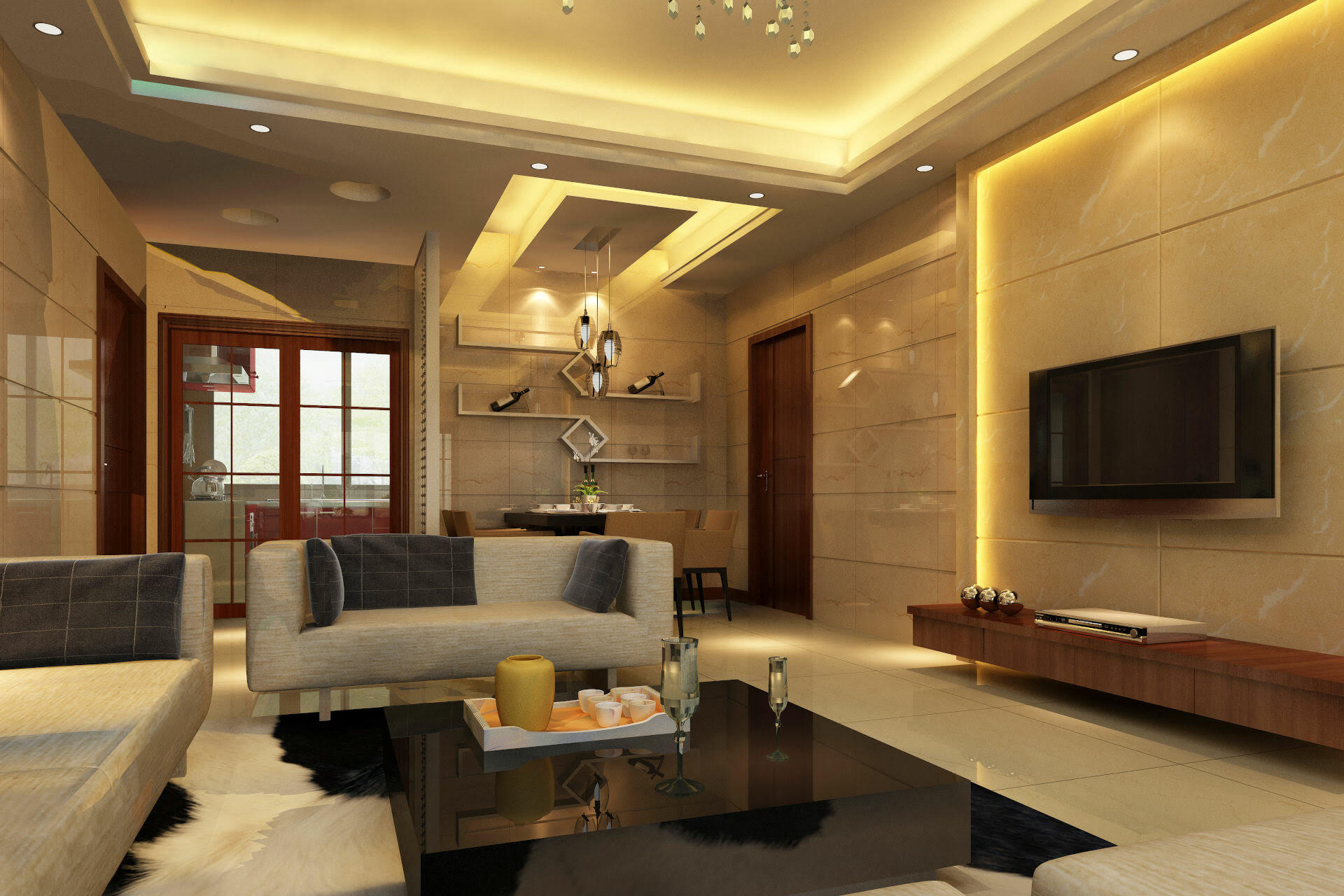
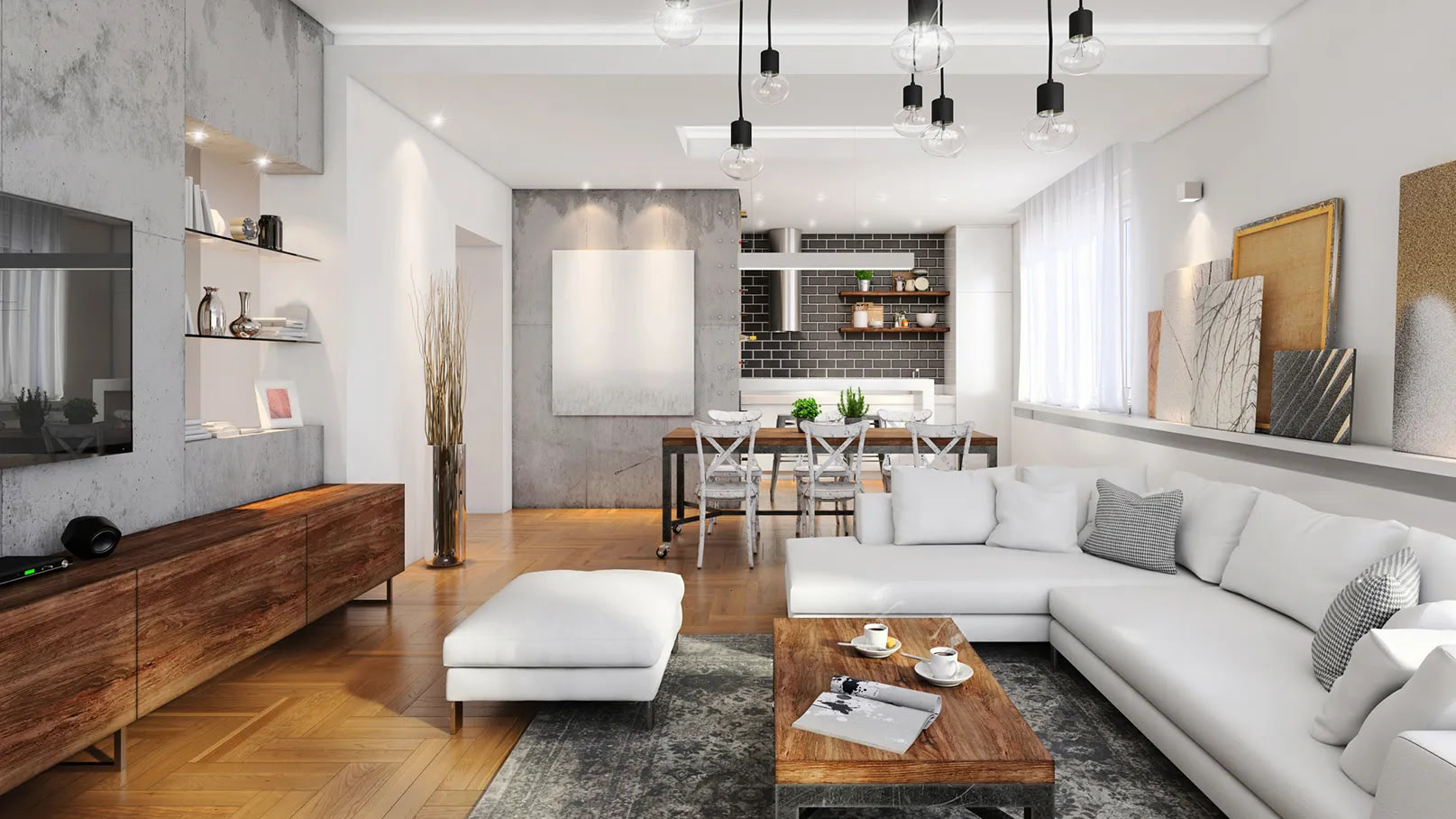
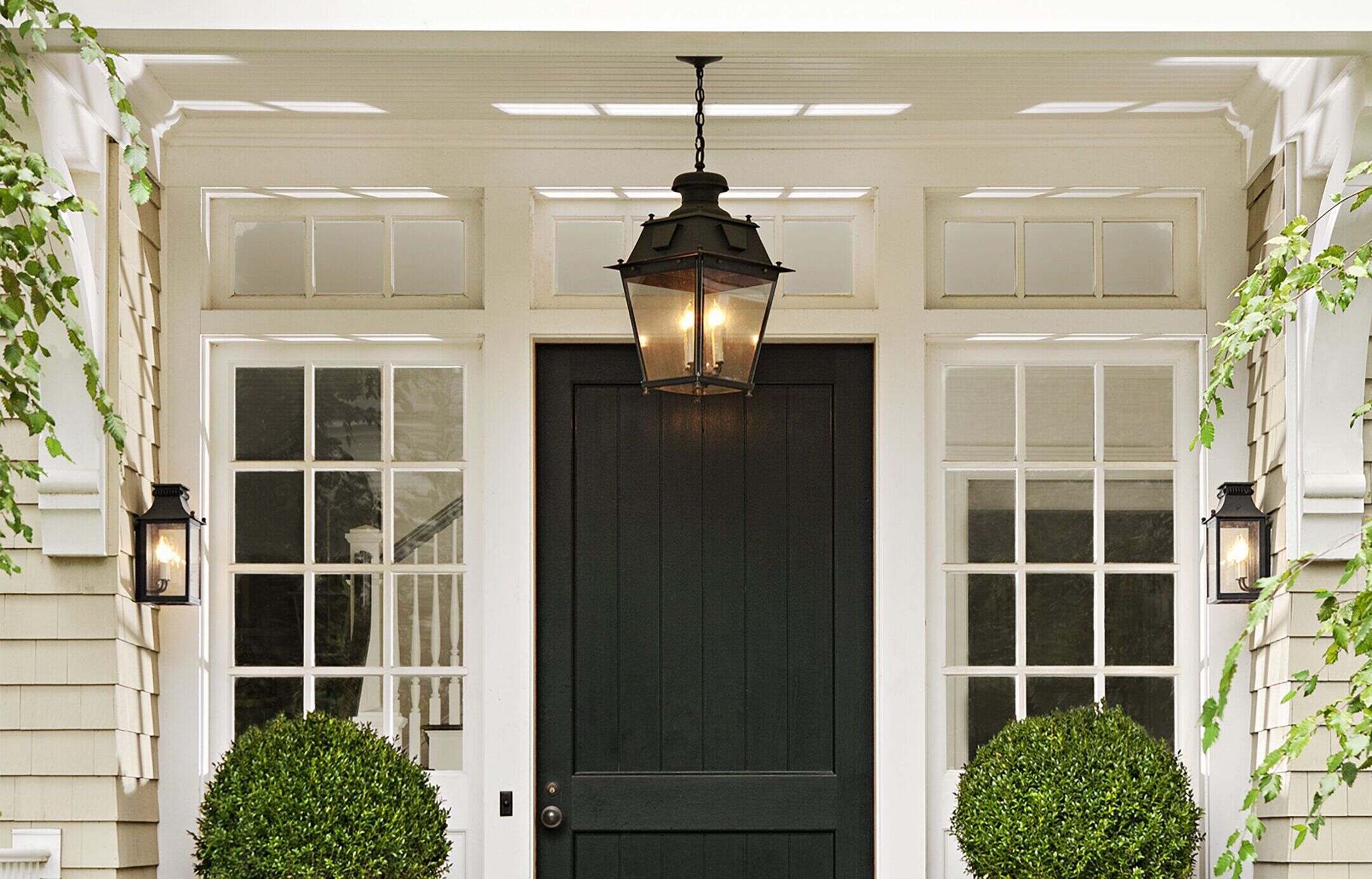
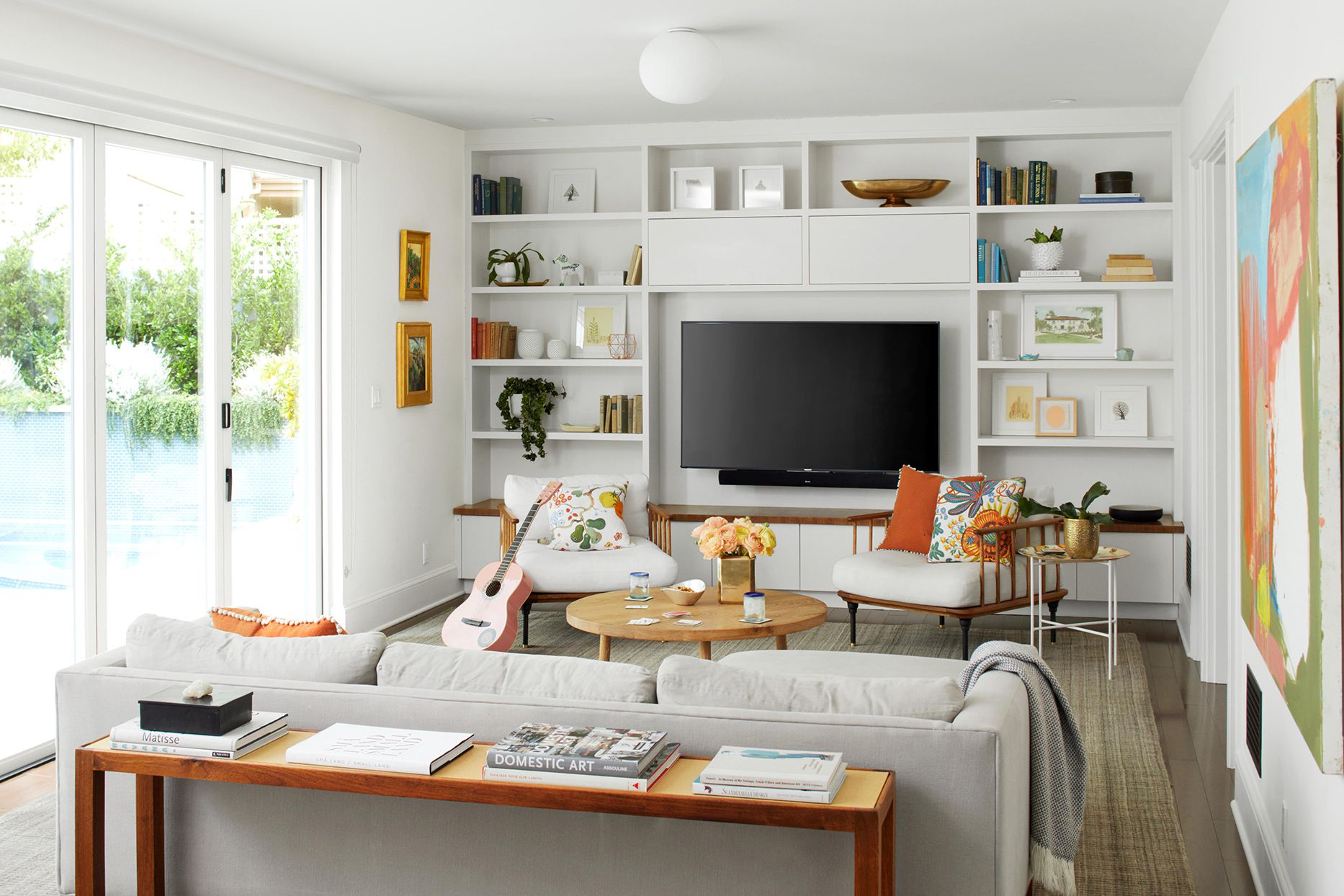
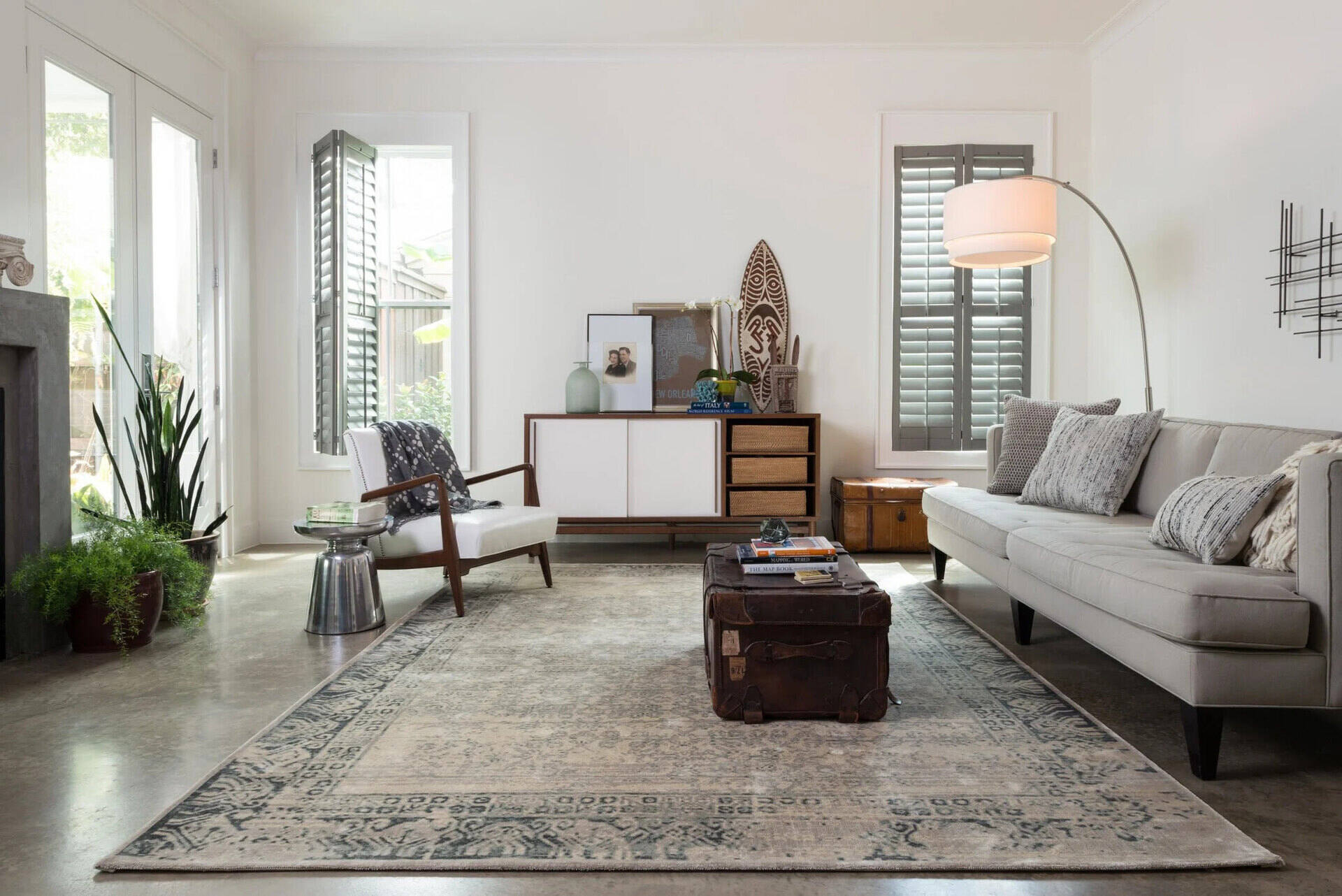
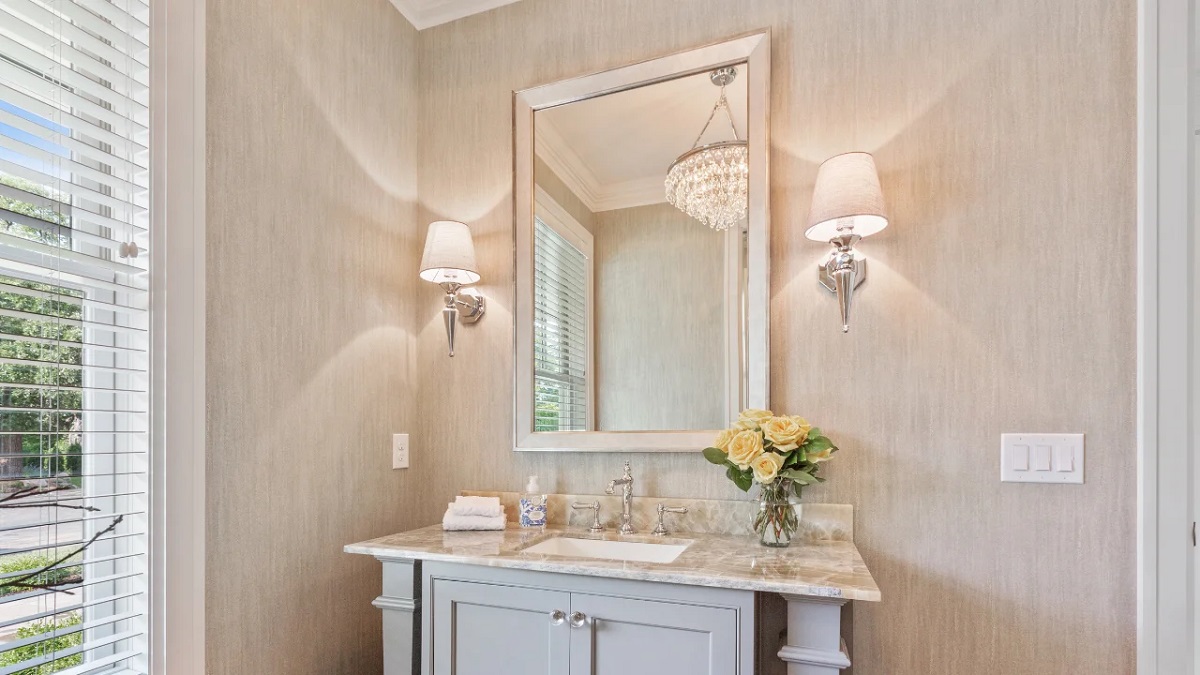
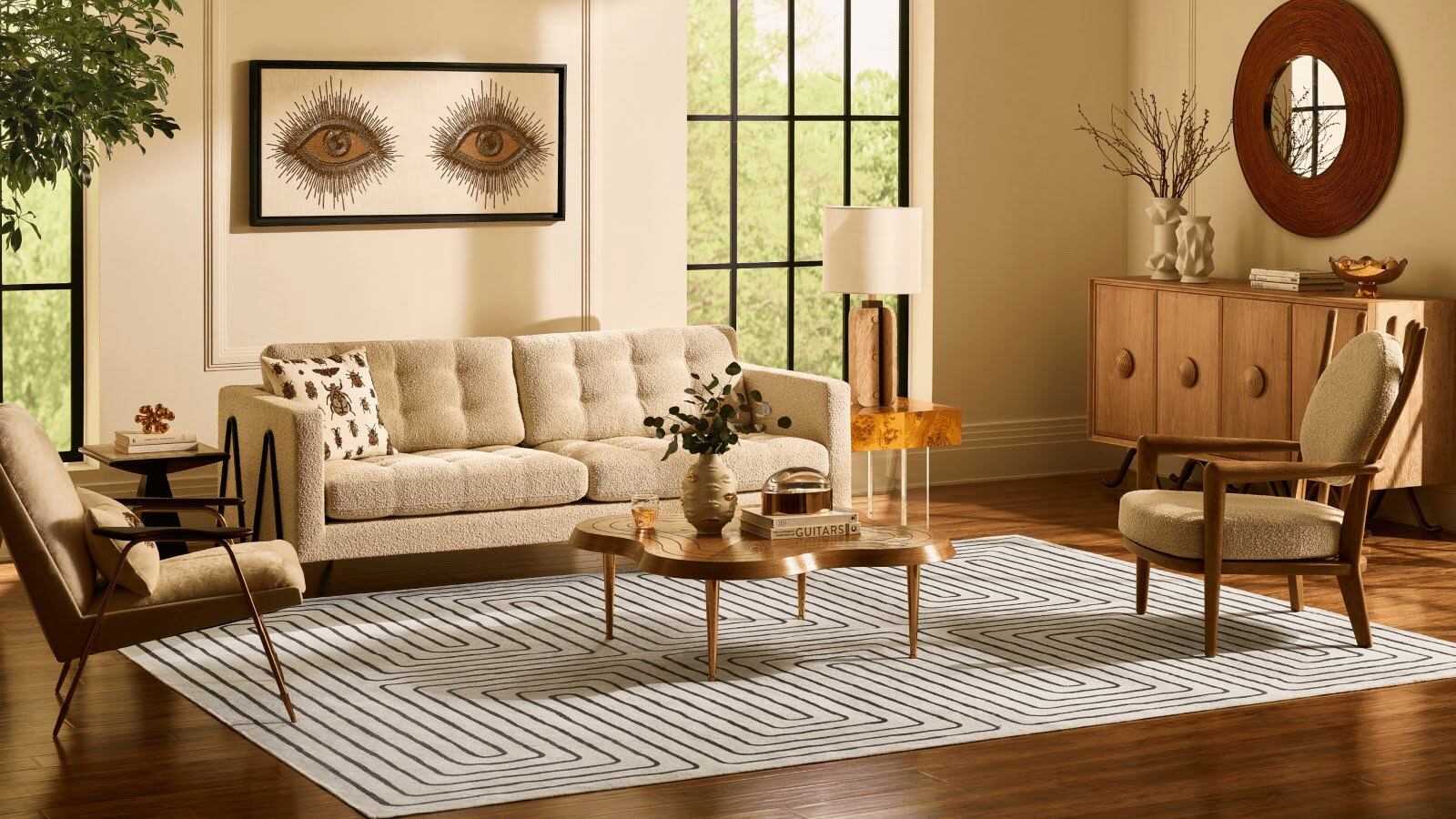
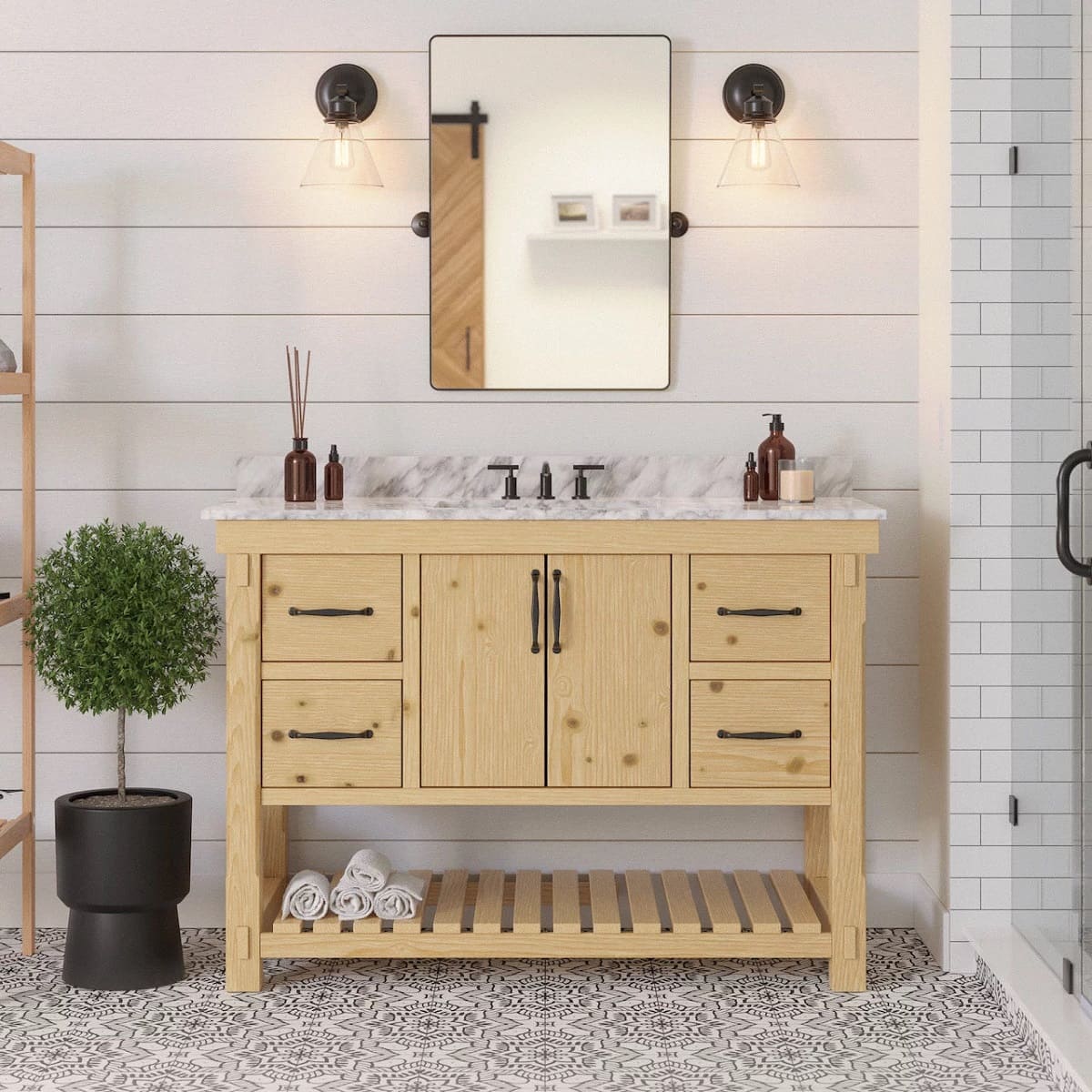
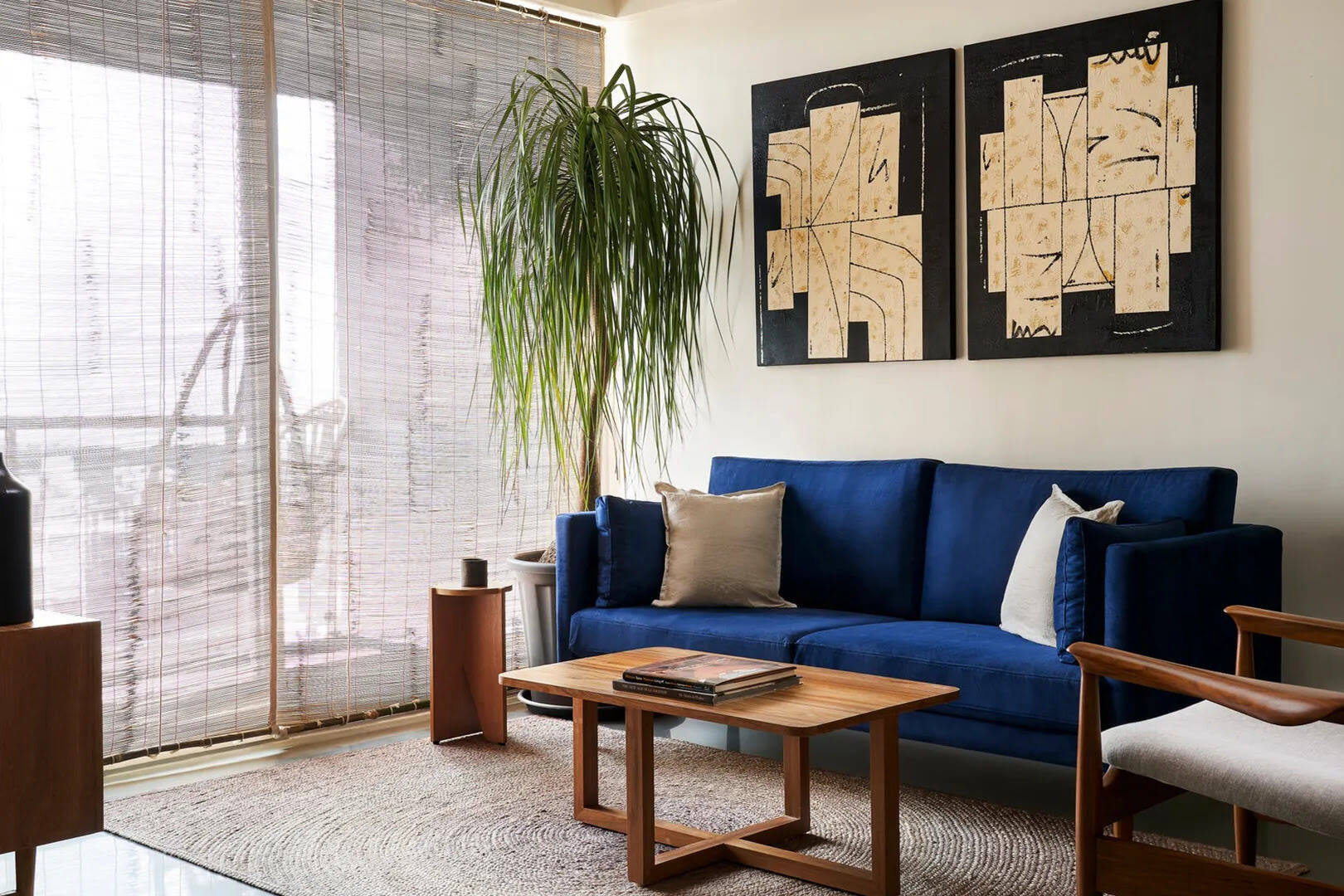
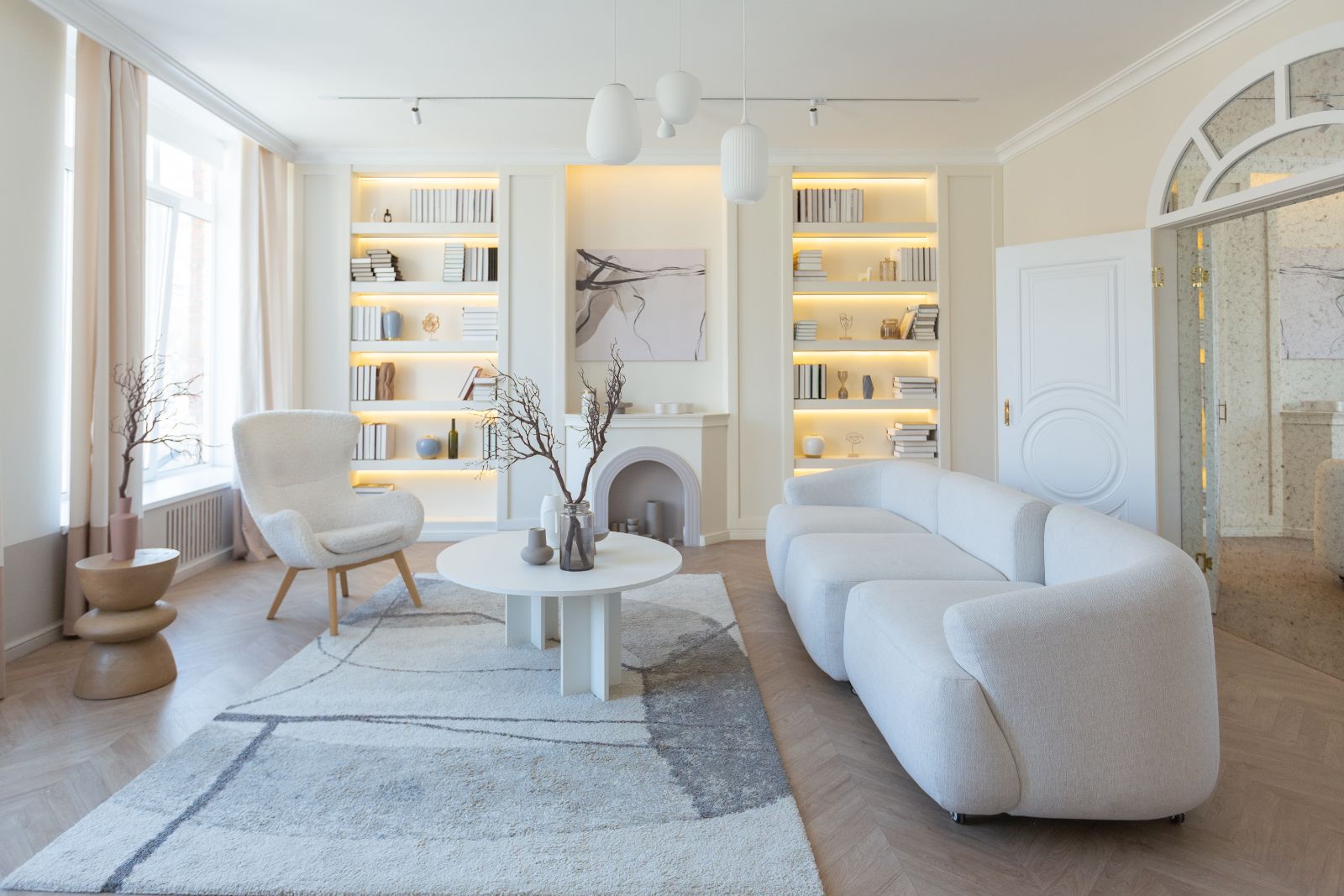
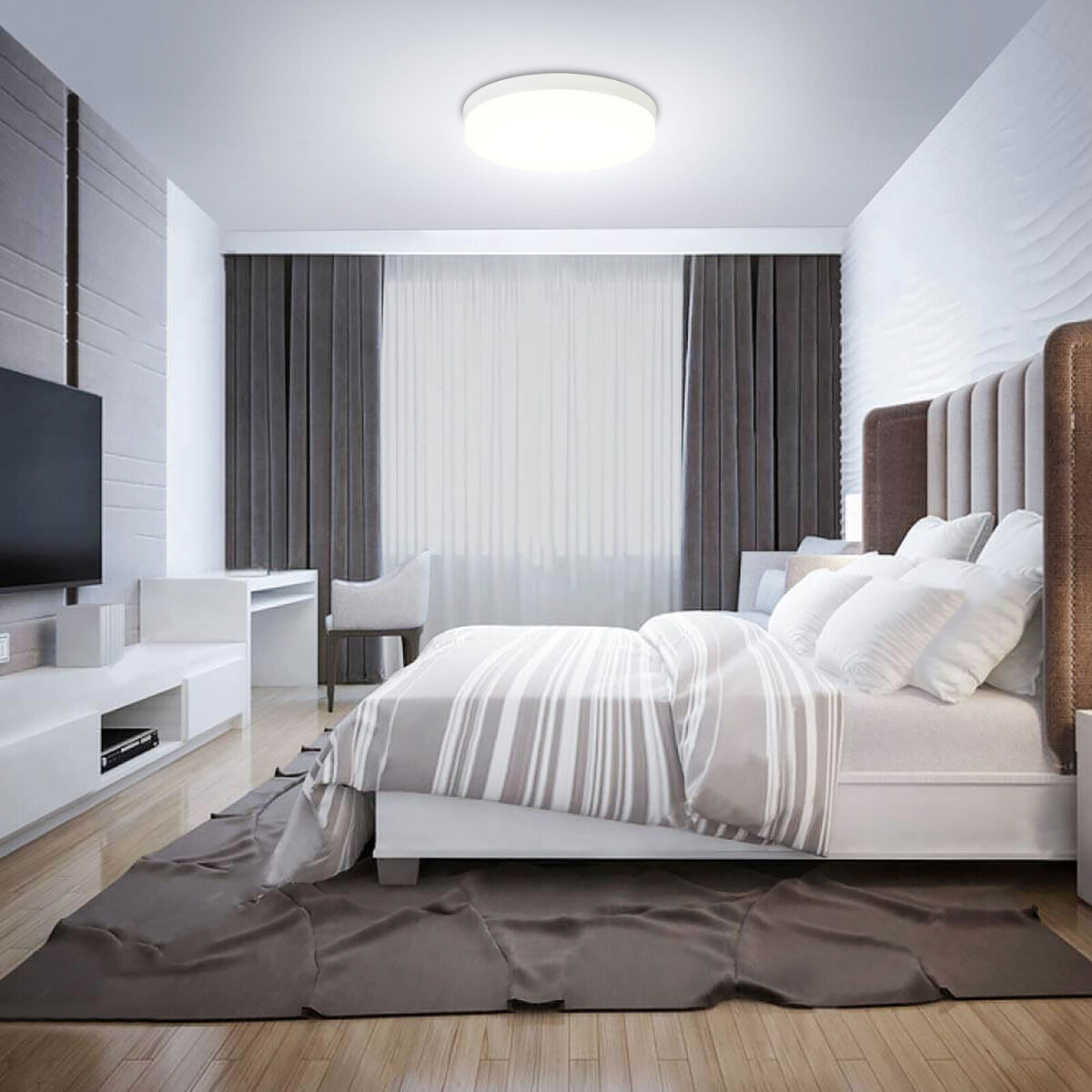
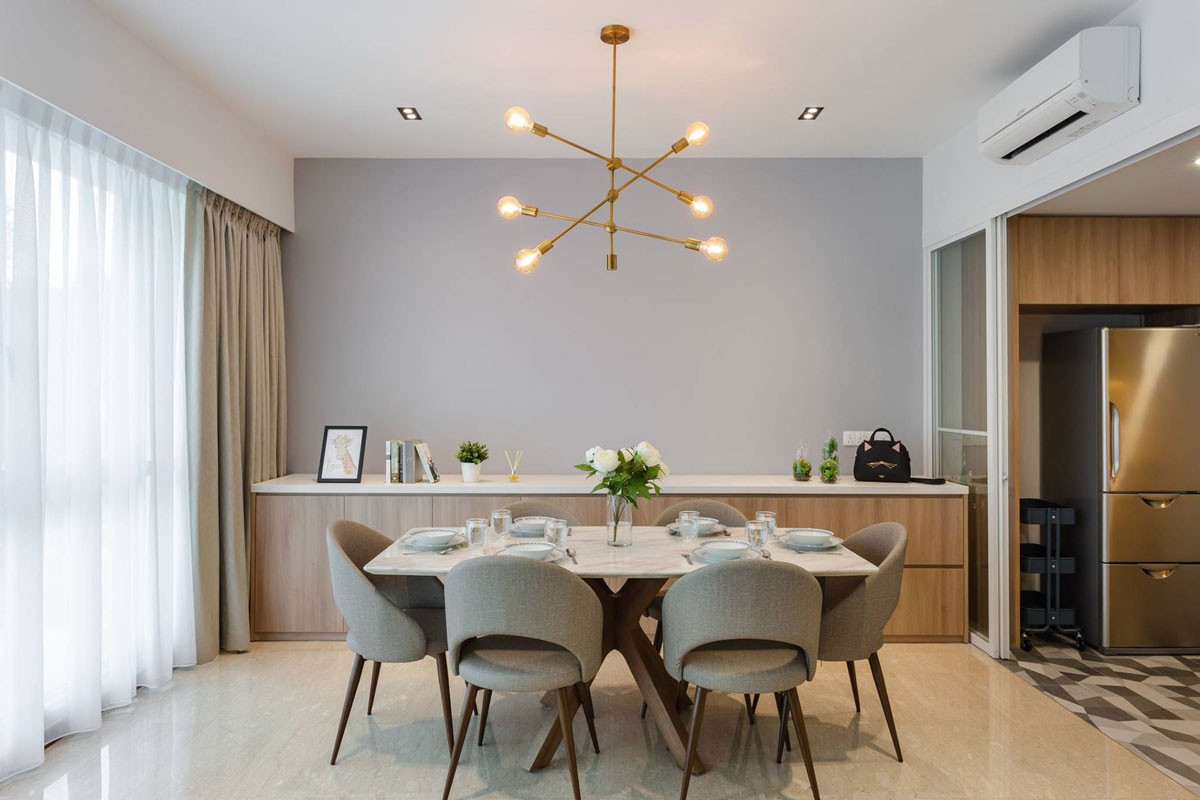
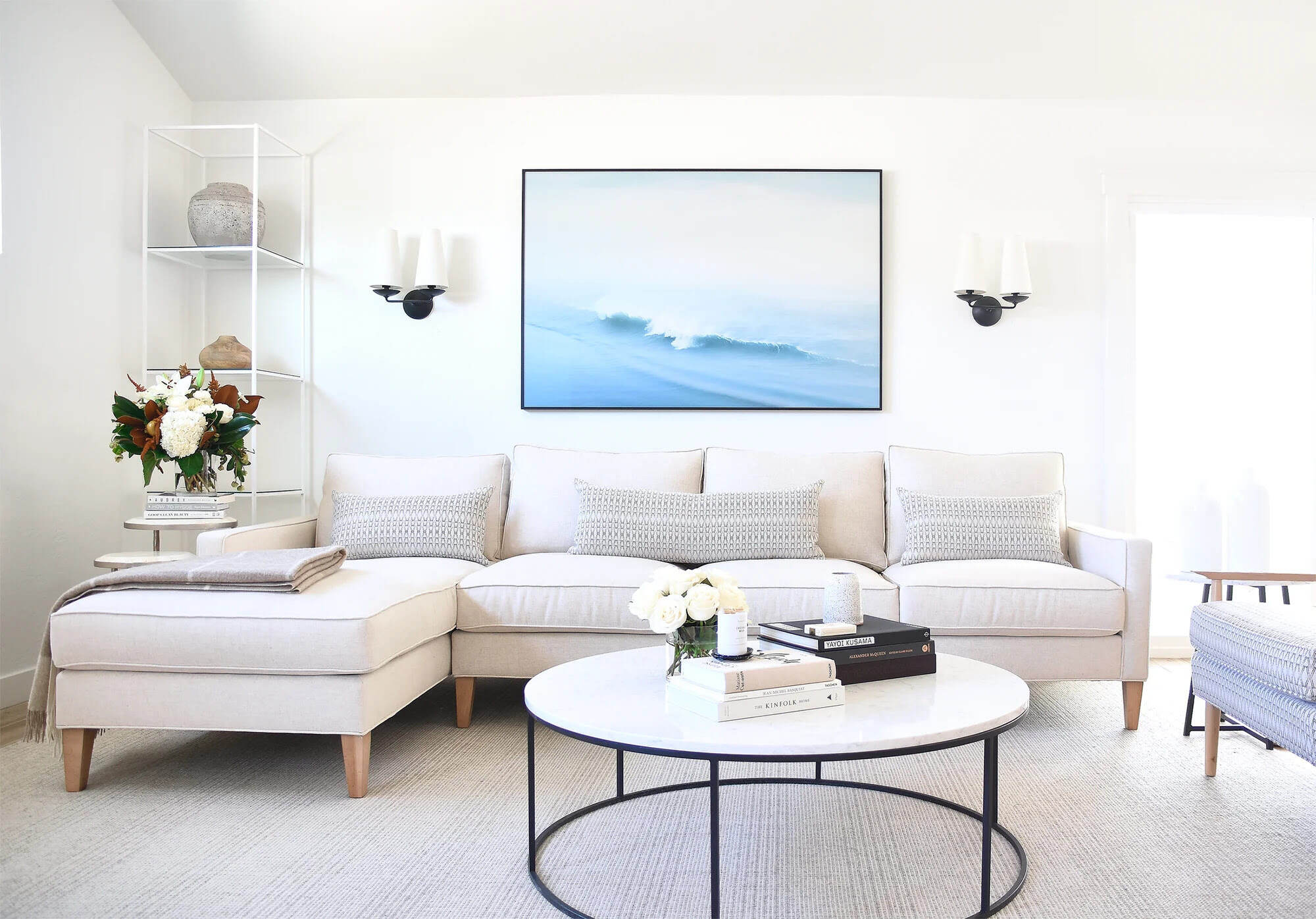

0 thoughts on “What Size Of Light Fixture Is For Living Room”